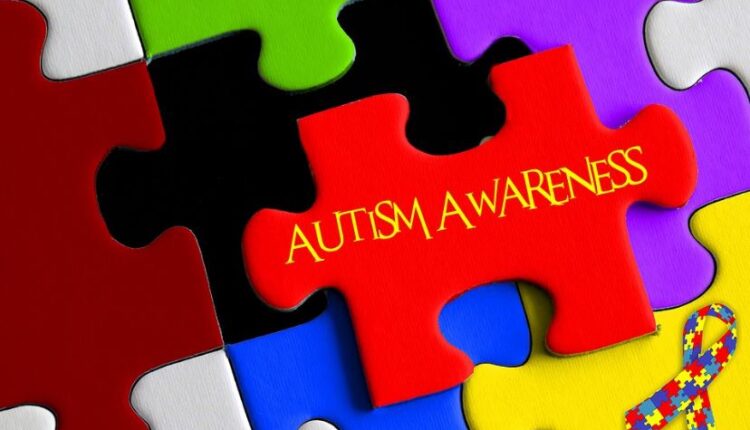World Autism Awareness Day is an internationally recognized day that is observed on April 2nd, each year. The day aims to raise awareness about autism spectrum disorder (ASD) and promote acceptance and understanding of individuals with autism.
Autism is a neurodevelopmental disorder that affects communication, social interaction, and behavior. It is a spectrum disorder, meaning that individuals with autism can have a wide range of symptoms and abilities. Some individuals with autism may have difficulty with communication and social interaction, while others may have exceptional abilities in areas such as music or mathematics.
It is important to remember that individuals with autism are unique individuals with their own strengths, challenges, and abilities. By promoting awareness and understanding of autism, we can work towards creating a more inclusive and accepting society for individuals with autism and their families.
Observance
The 2nd of April has been designated as World Autism Awareness Day by the United Nations General Assembly, with the goal of emphasizing the need to enhance the quality of life of individuals with autism. This declaration aims to help them lead fulfilling lives and become integral members of society.
The celebration of World Autism Awareness Day varies in different parts of the world. Some organizations and communities organize events such as walks, runs, and charity events to raise funds for autism research and support services for individuals with autism and their families.
Many countries also light up prominent buildings, monuments, and landmarks in blue, the color associated with autism awareness, to show their support for individuals with autism. Some organizations also distribute blue ribbons and wristbands to spread awareness about autism.
One of the popular online campaigns is the “Light It Up Blue” campaign, which encourages people to wear blue clothing, light up their homes and offices with blue lights, and post photos on social media with the hashtag #LightItUpBlue to show support for individuals with autism.
Moreover, many schools and educational institutions organize awareness programs to educate students about autism and promote inclusion and acceptance.
In conclusion, the celebration of World Autism Awareness Day is an opportunity for individuals, organizations, and communities to come together to raise awareness about autism and promote acceptance and inclusion of individuals with autism.
Significance
The significance of World Autism Awareness Day lies in its ability to promote awareness and understanding of autism. By raising awareness, we can help to dispel myths and misconceptions about autism, and increase understanding of the challenges faced by individuals with autism and their families.
In addition to promoting awareness, World Autism Awareness Day also serves as a call to action to promote acceptance and inclusion of individuals with autism. This includes advocating for policies and programs that support individuals with autism and their families, and promoting inclusive communities and workplaces that recognize and accommodate the unique needs of individuals with autism.
The observance of World Autism Awareness Day also highlights the unique strengths and talents of individuals with autism. Many individuals with autism possess exceptional skills in areas such as mathematics, music, and art. By recognizing and celebrating these strengths, we can help to promote greater acceptance and understanding of individuals with autism.
Overall, the significance of World Autism Awareness Day lies in its ability to promote awareness, understanding, and acceptance of individuals with autism. Through increased awareness and advocacy, we can work towards creating a more inclusive and supportive society for individuals with autism and their families.
About Autism
Autism, or Autism Spectrum Disorder (ASD), is a neurodevelopmental disorder that affects communication, social interaction, and behavior. It is a complex condition that can vary in severity, and it affects individuals differently. Autism is typically diagnosed in early childhood, and the symptoms can persist throughout the individual’s life.
The exact causes of autism are not fully understood, but it is believed to be caused by a combination of genetic and environmental factors. Research has shown that individuals with autism may have differences in their brain structure and function, as well as differences in their immune system and gut microbiome.
The symptoms of autism can vary, but they typically include difficulties with social interaction and communication, repetitive behaviors and interests, and sensory sensitivities. Some individuals with autism may also have intellectual or developmental disabilities, while others may have exceptional skills in areas such as mathematics, music, or art.
Diagnosis of autism typically involves a comprehensive evaluation of the individual’s behavior and development by a qualified healthcare professional. There is currently no cure for autism, but early diagnosis and intervention can help to improve outcomes and support individuals with autism to reach their full potential.
Treatment for autism typically involves a combination of behavioral, educational, and therapeutic interventions. These interventions may include speech and language therapy, occupational therapy, social skills training, and educational support. In some cases, medication may also be used to treat specific symptoms of autism, such as anxiety or aggression.
Overall, autism is a complex condition that can have a significant impact on individuals and their families. However, with early diagnosis and intervention, individuals with autism can receive the support and resources they need to lead fulfilling and meaningful lives.


Comments are closed.